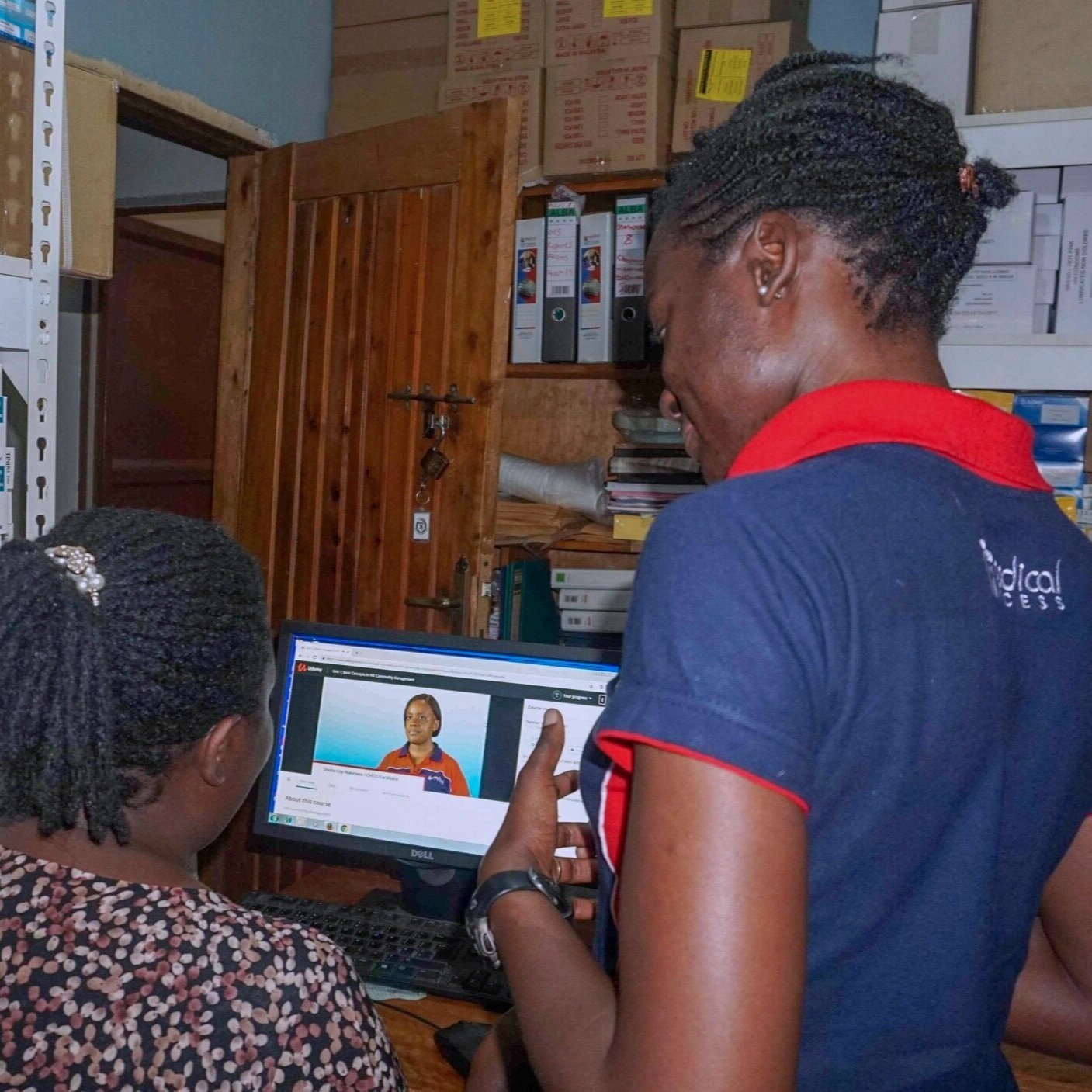In Action: Technical Assistance
Optimizing Sudan’s public health supply chain system
Partners:
The Global Fund (TGF)
UNDP
UNICEF
UNFPA
GAVI
WHO
UNHCR
Akesis
Federal Ministry of Health (FMoH)
National Medical Supply Fund (NMSF)
National Health Insurance Fund (NHIF)
National Public Health Laboratory (NPHL)
Background
The Sudan Central Medical Stores (CMS), currently known as the National Medical Supplies Fund (NMSF), was established in 1991 as a semi-autonomous organization with the aim of providing essential health products to the public. Over the years, CMS has undergone several reforms, with the most recent being in 2015, leading to the creation of NMSF under a new approved Act.
However, despite these reforms, the public health supply chain system has faced several challenges. These include a broken chain of command beyond the State Medical Supply Fund level, inadequate capacity at the locality level, significant challenges in achieving timely LMIS data flow, lack of demand, supply, and distribution planning at lower levels, poor logistics data visibility, no linkage between logistics data and the National Health Management Information System (HMIS), and inadequate data quality assurance measures. These challenges have compromised commodity traceability and accountability, compromised stock availability at health facilities, and limited forecasting and quantification effectiveness and accountability for commodities.
Our Intervention
The project had three primary objectives, all aimed at enhancing the overall efficiency and effectiveness of the supply chain in Sudan: 1) optimize the public health supply chain network, 2) identify areas for improvement in last-mile distribution and design model , and 3) revise LMIS processes and develop implementation plan to enhance the LMIS.
Medical Access, in partnership with Akesis, developed a targeted Supply Chain Transformation plan to improve the supply chain's efficiency. Our plan focused on refining and optimizing network design, last mile delivery, and LMIS. To achieve this goal, our team conducted a desk review and engaged with a diverse range of stakeholders to form a consensus on the best path forward. The insights gained from these exercises led to the development of four potential supply chain system models for consideration. Furthermore, strategic recommendations were prepared and presented collaboratively with stakeholders at a dissemination workshop. Based on stakeholder feedback, a blended approach involving two of the models was chosen, and their feedback was integrated to ensure that the final recommendations were informed by the expertise of all involved parties.
Results
The collection and review of data provided valuable insights that informed the development of four potential supply chain system models and related strategic recommendations. After careful consideration, stakeholders determined that a blended approach involving two of the models would be most effective. Additionally, the stakeholders' feedback on the strategic recommendations was incorporated to ensure the final decision was informed by the expertise of all involved parties.

